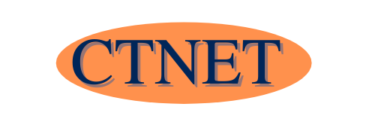Today I will round up four note-taking or knowledge management applications for students. I have now published an updated guide on note-taking apps for students in 2023.
It is important to get your choice right as it can be difficult to change applications once you have used them for a while. All your notes and knowledge are stuck in one application, even though most applications will enable you to export notes from those platforms.
Obsidian for students
Obsidian is free for personal use, with a licence for commercial use being $50.00 a year. Obsidian also provides two add-on services for syncing your notes across devices and publishing. You can find full details on current Obsidian prices can be found here.
Obsidian saves your note locally as text files using Markdown formatting. You can find out more about Markdown in our guide to Markdown.
Due to its design, Obsidian is a very flexible note-taking application. Still, one of the best features for students is the ability to link notes across subjects and see these links in a knowledge graph. This can offer fresh insights at times.
I’m not currently studying, but I use Obsidian for the ability to link my notes in a relatively lightweight system with the notes stored locally for offline use if required.
You can find out more about Obsidian in our Obsidian review.
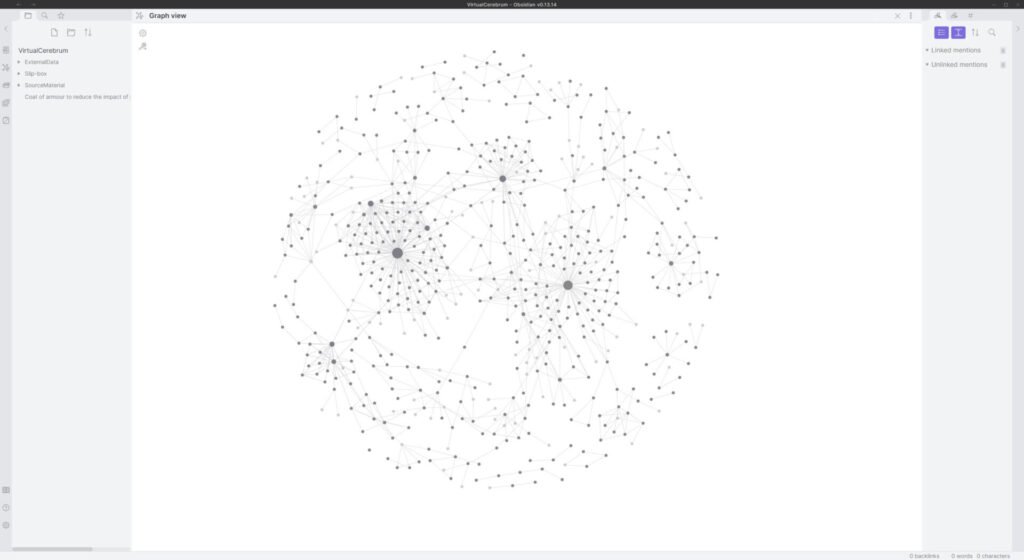
Notion for students
Notion is one of the most popular note-taking applications available at the moment. Not bad for an application that I consider to be a productivity tool that can take notes.
Let us look at the Notion pricing plan. As you can see, there is a free tier for individuals and a personal plan. I imagine that the free tier will be fine for most students will be fine with unlimited pages and blocks.
And Notion is a very solid note-taking system, unlike the other note-taking application in this roundup. You will need to create a structure for your notes.
Some consider structure a failing in Notion, but I see it as just the downside of what makes Notion such a powerful application, which you can resolve with some foresight. You can find out more in our guide to creating a Knowledge management system in Notion.
One of the benefits of using Notion is that the application is available on most platforms, including mobile, with apps available on Android and iOS. As your data is stored on the Notion servers, it will automatically sync across devices.
You can find out more about Notion in my Notion review.
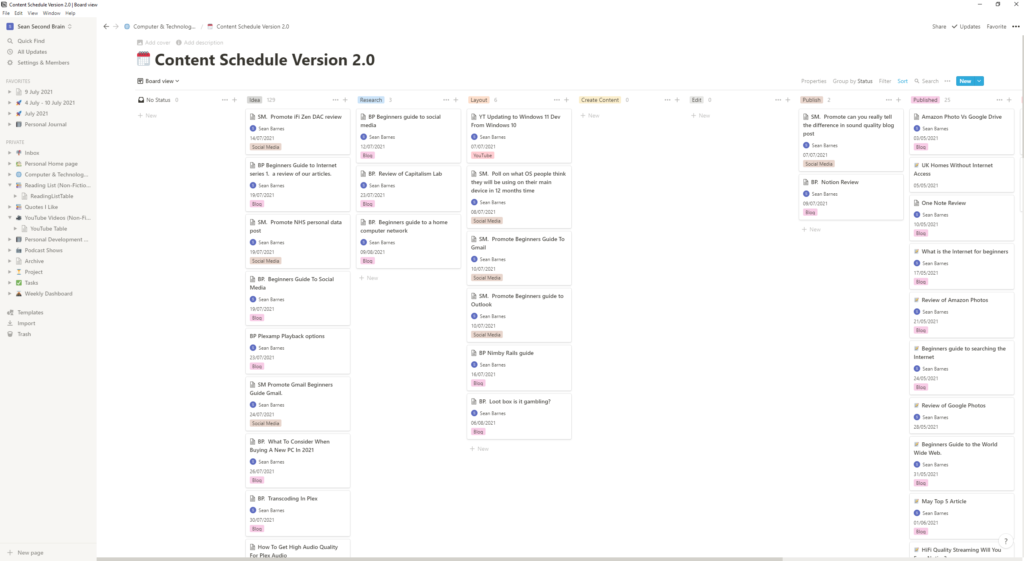
Mem.ai for students
Mem.ai offers a free application called Mem. Or you can use the MemX version of the application with an individual price plan of $10 a month or $15 for the team, and there is also a tier for enterprise businesses. You can find full details on Mem pricing here.
The free tier is likely acceptable for most users, but the extra search capabilities sound interesting and are something I might explore later. For now, I’m comparing the free version of Mem.
Like Obsidian, Mem supports tags and backlinks, and Mem will display a chart of local notes. But unlike Obsidian, Mem syncs to your Google calendar, allowing you to link lecture notes with the actual lecture event in your calendar.
Unfortunately, Mem isn’t available on all mobile platforms, with only a beta version on iOS but not Android. As your notes are stored on the Mem servers, your notes will be synced across devices.
You can find out more about Mem in our review of Mem.ai.
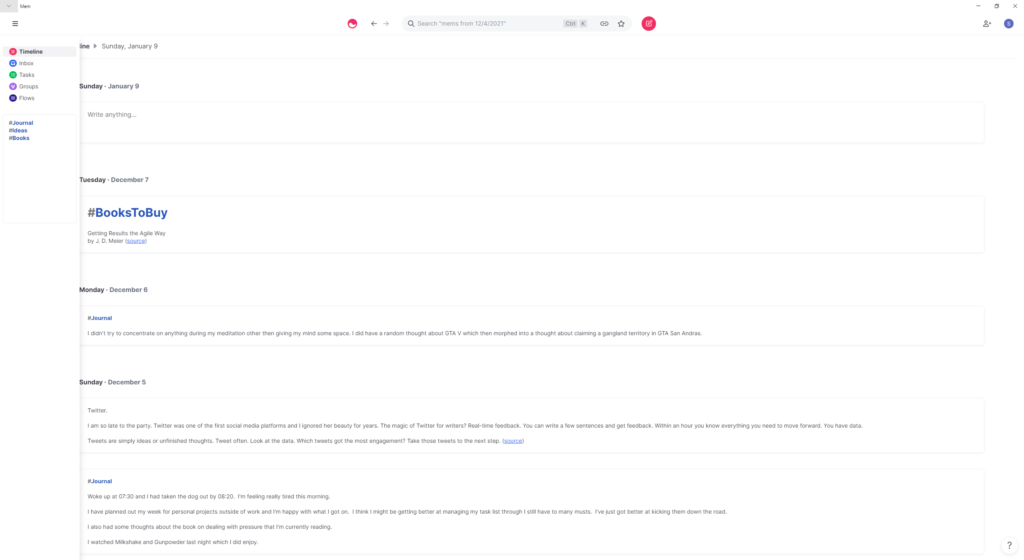
OneNote for students
Microsoft OneNote is the most traditional note-taking application I’m looking at today. I’ve included OneNote, which is free to anyone with a Microsoft subscription. You have free access to the Microsoft Office version of OneNote.
OneNote works well with other Microsoft stable applications, be it Word, Excel, Outlook or Teams.
However, I would find it difficult to recommend it. I started using OneNote ten or so years ago, and I find it to creak under the weight of notes, and I didn’t use OneNote to keep many notes then. By using some productivity and knowledge frameworks such as Tiago Forte PARA structure would probably help.
OneNote can store your notes either locally or in the cloud with OneDrive. By using OneDrive, you can access your notes on multiple devices.
However, I would recommend that you look at the others first. You can find out more about OneNote in my review of OneNote.
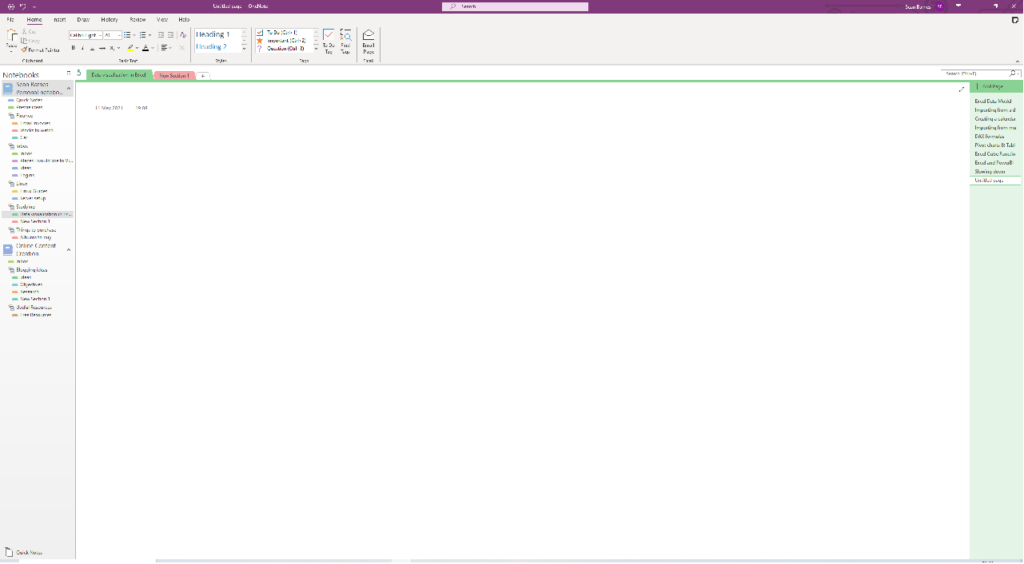
Conclusion
I started studying for my degree at the Open University in 2007, and I used to type up my notes in Microsoft Word. I wish I could have used these note-taking applications during my studies.
I think any of these note-taking applications will help you with your studies, but what is important is that you find the note-taking application which works best for you. All of them, apart from possibly OneNote are freely available to all, so download the one you most like the look of.
As general guidance, if you want a note-taking application to create a web of knowledge, I recommend either Obsidian or Mem. If you want a note-taking application with which you can manage your tasks, you should look at Mem or Notion. And if you want to create a full productivity and knowledge management application for your studies, start with Notion. Still, like me, you might decide to use Notion for the productivity side and another app for the notes, in my case Obsidian.
We have a number of guides on using these applications and are constantly looking to add more guides. If you have any further questions, please leave them in the comments below.
Can I recommend you take a look at writing our guide to smart notes in Obsidian?
Last edited 04/09/2023 to add a link to the 2023 guide.
